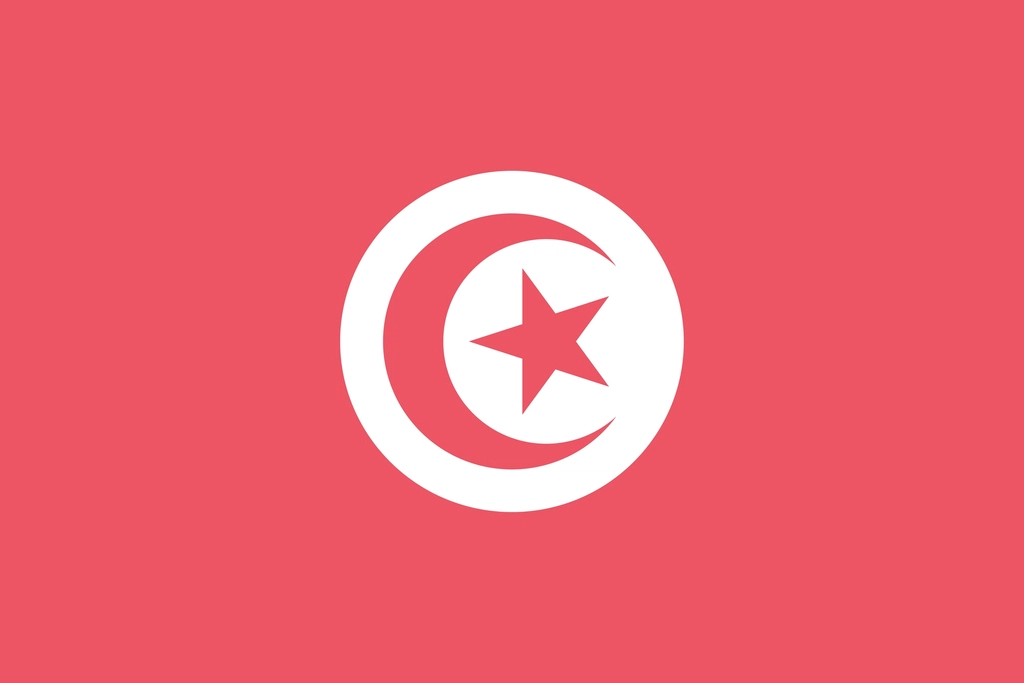Anime and manga are known for their unique and diverse character archetypes, and the “dere” archetype is no exception. The term “dere” is an umbrella term for all words that end with this specific suffix, and it is usually translated in English as “lovey-dovey”. These terms signify a specific type of stock character in manga and anime, usually female, whose main trait is them interacting with their love interest in a certain way. There are numerous types of “dere” characters, and in this article, we will discuss some of the most popular ones.
Tsundere: Tsundere (ツンデレ) comes from the Japanese words “tsuntsun” (ツンツン), a mimetic word to describe someone “irritable” or “grumpy”, and “deredere” (デレデレ), meaning “lovey dovey”. Tsundere characters pretend not to care about someone, although their affection is very obvious. They’ll do things for their love interests, like cook them lunch or buy them stuff, but they’ll insist they don’t love them and make up cheap excuses to try and save face. Tsundere’s characters are not honest with themselves, or at least refuse to be honest with others not to hurt their pride. Tsundere’s characters refuse to hear what others have to say. They say “hmph!” or “tch!” and turn away, but they eventually turn away out of love for the other person. Famous examples: Taiga Aisaka, Casca, Noelle Silva, Nanao Ise, Karin Kurosaki, Sarada Uchiha, Boruto Uzumaki, Bulma, Vegeta, Chi Chi, Yuka, Victorique de Blois, Edward Elric.
Yandere: The “yan” in “yandere” (ヤンデレ) comes from the Japanese verb “yanderu” ( 病 や んでる), which actually means “to be mentally sick.” It is combined with the word “deredere” (デレデレ), meaning “lovey dovey”. Yandere characters take what would be called love to extremes to form a stronger, closer, and lasting bond with their love. The idea may have arisen by exaggerating the behavior of the “Yamato Nadeshiko” (personification of an idealized Japanese woman). However, there are also male yandere characters. Yandere characters who are “shock trope” are similar to their love trope brethren, except they have different motivations and, therefore, different outcomes. Most of his behaviors can be attributed to insecurity in his feelings for his love or insecurity in his relationship. Other motivations can be selfishness, loneliness, wanting to feel a certain way, having major mental issues, being incredibly jealous, etc. Famous examples: Yuno Gasai.
Kuudere: The “kuu” in kuudere comes from the Japanese pronunciation of the English word “cool” (クール) and thus is used for a person who is calm and composed on the outside. Kuudere characters are often seen as cold and distant, but they are actually very caring and loving on the inside. They are often introverted and have trouble expressing their emotions, but they are very loyal to their friends and family. Famous examples: Rei Ayanami, Nagato Yuki, Tachibana Kanade, Kaga Kouko, Kashiwazaki Sena, and Kuroyukihime.
Dandere: Dandere characters are shy and introverted, and they often have trouble expressing their emotions. They are usually very quiet and reserved, but they are also very caring and loving. They are often seen as the “wallflower” type, and they tend to keep to themselves. Famous examples: Nagisa Furukawa, Kotori Minami, and Yui Hirasawa.
Himedere: Himedere characters are often seen as the “princess” type, and they tend to act very entitled and demanding. They are usually very beautiful and charming, and they often have a large following of admirers. They are often very confident and self-assured, and they tend to be very popular with both men and women. Famous examples: C.C., Saber, and Rias Gremory.
Conclusion:
These are just a few examples of the many “dere” character types that you can find in anime and manga. Each type has its unique traits and characteristics, and they all add to the rich and diverse world of anime and manga. I hope this article was helpful to you!





